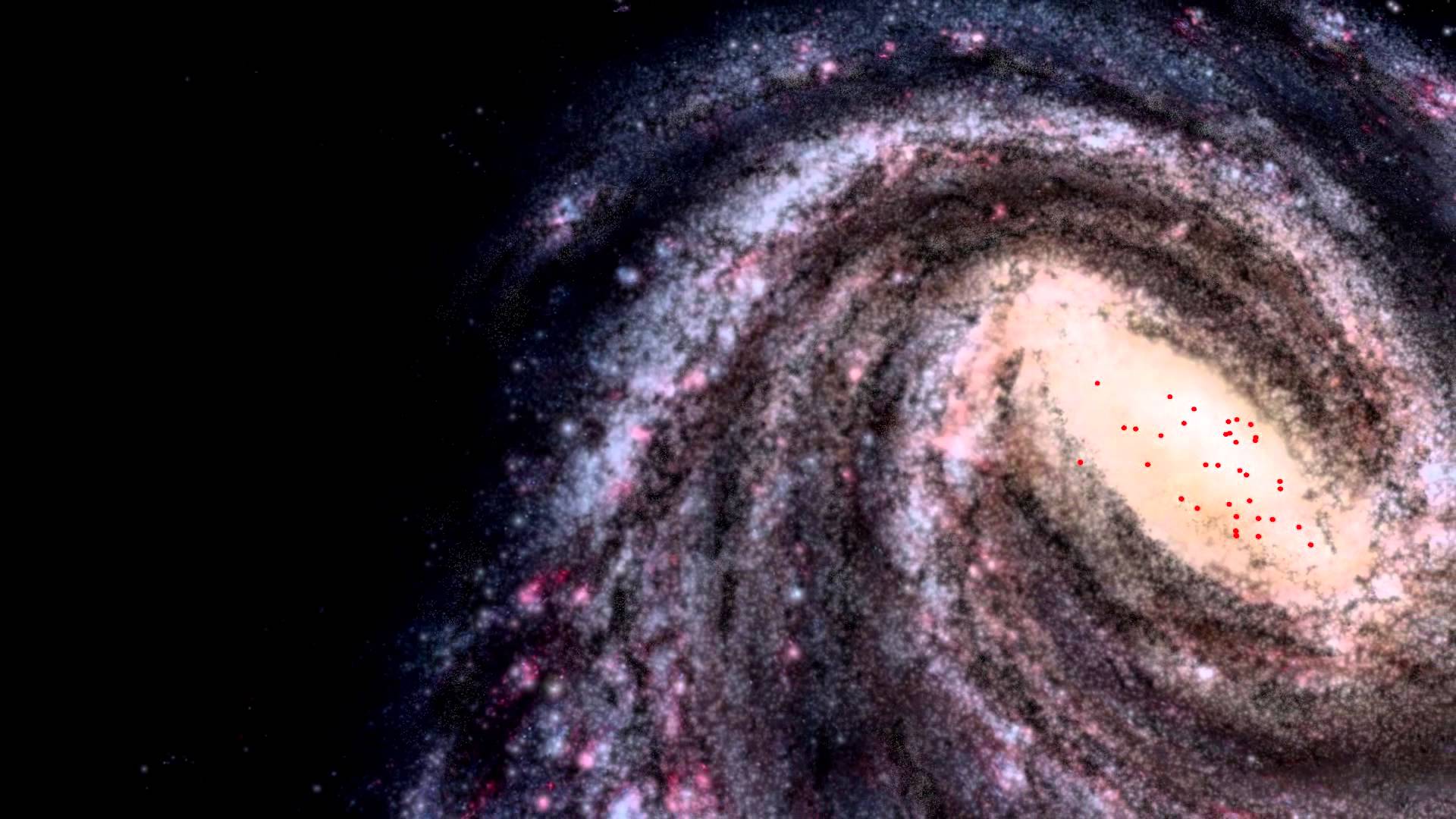Do you know what they found?
What they found was baffling to astronomers. They discovered this while using the VISTA telescope. Apparently what they found was actually not known until recently. They used some very smart methods to map a lot of different cepheid stars. A Cepheid is basically a star with variable brightness to some extent which is how distance is often measured in astronomy.
Deep within the isolated stars that they studied is where they saw something previously overlooked by astronomers.
Here is some background on the “variable stars” they mapped called Cepheids. The unique capabilities of the VISTA telescope gave them the data that was previously blocked by thick clouds of dust.
Analysing data from the survey, the astronomers found 655 candidate variable stars of a type called Cepheids. These stars expand and contract periodically, taking anything from a few days to months to complete a cycle and changing significantly in brightness as they do so.
The time taken for a Cepheid to brighten and fade again is longer for those that are brighter and shorter for the dimmer ones. This remarkably precise relationship, which was discovered in 1908 by American astronomer Henrietta Swan Leavitt, makes the study of Cepheids one of the most effective ways to measure the distances to, and map the positions of, distant objects in the Milky Way and beyond.
Mapping the Cepheids that they discovered, the team traced an entirely new feature in the Milky Way — a thin disc of young stars across the galactic bulge. This new component to our home galaxy had remained unknown and invisible to previous surveys as it was buried behind thick clouds of dust. Its discovery demonstrates the unique power of VISTA, which was designed to study the Milky Way’s deep structures by wide-field, high-resolution imaging at infrared wavelengths.
It just goes to show you there’s nothing new under the sun (no pun intended) 😉
We hope you like the video and we’re looking forward to more pics of the Cepheids.
thanks to esciencenews.com for the great info
thanks to eso for the pic

Justin Perez
I’m sorry but…yawn…
galactic Easter eggs!
Click bait.
Waldo.
A d***o
Too Long, Didn’t Click:
“Mapping the Cepheids that they discovered, the team traced an entirely new feature in the Milky Way — a thin disc of young stars across the galactic bulge. This new component to our home galaxy had remained unknown and invisible to previous surveys as it was buried behind thick clouds of dust. Its discovery demonstrates the unique power of VISTA, which was designed to study the Milky Way’s deep structures by wide-field, high-resolution imaging at infrared wavelengths.”
There’s a video on the second page I didn’t watch.
brawney: the quilted, quicker, picker upper.
Goodluck getting past the firmament to “outerspace”.
Essentially, they found young stars around the galaxy’s center. Don’t bother clicking the article at all. It was a needless two pages of ads.
It’s almost like a never ending sci-fi book
Everytime I go to read something, I get kicked right back to Facebook. Don’t know why but never get to read anything anymore.
https://www.youtube.com/watch?v=E_VzHycqoKo
The universe holds trillions of galaxies like our milky way . The possibilities are endless …so not shocked. I’ll be more shocked if Hillary went to jail.
Our galaxy has a dingle berry. Figures
Earth’s flat. (Firt)
LMBO!!
Idiots love to be first to the line
Hell yeah especially for free food
Interesting
Prove it